The Best Things to Do in Panama: Surfing, Coffee Tastings, and Private Island Stays

Austin Neill/Unsplash
Panama has long been a paradise for the backpacker crowd thanks to 1,800 miles of pristine coastline and an abundance of budget-friendly accommodations. But in recent years, the Central American country has won over a more varied mix of travelers, luring luxury-seekers, coffee snobs, serious conservationists, and everyone in between. There’s no one-size-fits-all approach to a Panamanian getaway—you can see three-toed pygmy sloths in Bocas del Toro, marvel at Spanish-colonial architecture in Panama City’s Casco Viejo, and learn about centuries-old Mola textile crafts by visiting Guna artisans in the San Blas Islands. To live out your private-island Robinson Crusoe fantasies, book a stay at Islas Secas or Nayara Bocas del Toro. One visit is just scratching the surface of the isthmus nation; here are nine ideas for how to spend your next Panamanian holiday.
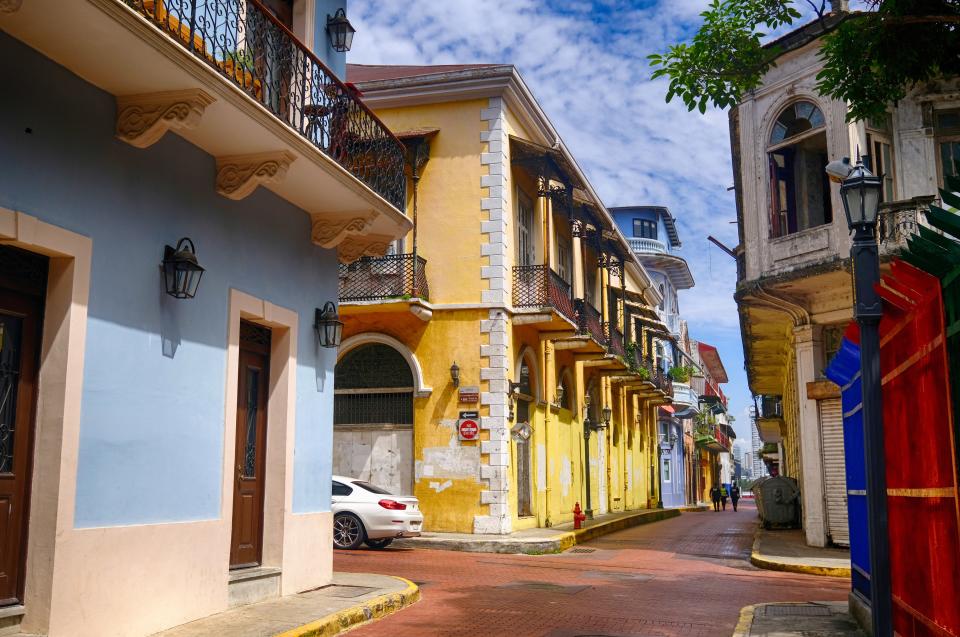
Casco Viejo at Panama City, Panama
Wander cobblestoned streets in Panama City’s Old Town
Panama’s capital has been called the skyscraper capital of Latin America; it has roughly the same number of high-rise towers as Doha, Qatar, and Beijing, China (and a Chinese cuisine scene to match). But vestiges of the city’s colonial past can still be found in its charming old quarter, called Casco Viejo: a UNESCO World Heritage Site and the oldest European settlement on the Pacific Coast of the Americas. Wandering its cobblestoned streets is like traveling back in time, with colorful Spanish, French, and Caribbean architecture as your backdrop. The area is equally known for its historic sights like the Metropolitan Cathedral and the atmospheric Plaza de Francia square as much as its gastronomy and nightlife. If you only have time for one dinner, make it Fonda Lo Que Hay, chef José Olmedo Carles Rojas’s modern spin on a typical Panamanian roadside restaurant.
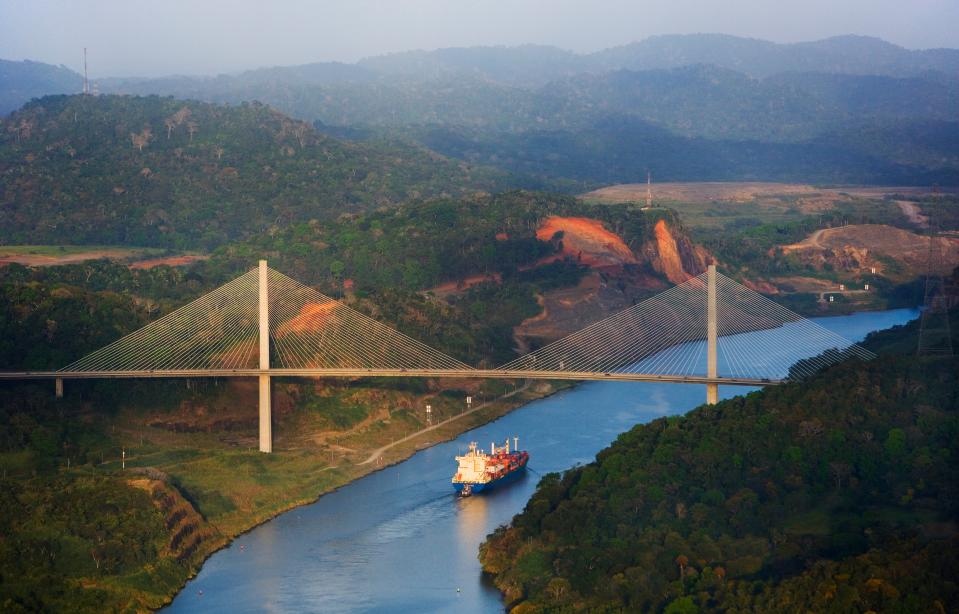
Centennial Bridge Spanning the Panama Canal
See the Panama Canal
You can’t go to Panama and not see its most famous attraction: the 50-mile Panama Canal waterway—the so-called “Crossroads of the World”—which connects the Atlantic and Pacific Oceans. Prior to the canal’s inauguration in 1914, the only way to transport goods between the two oceans was to sail around the southern tip of South America, a dangerous, 8,000-nautical-mile journey. While many travelers take in the spectacle from the viewing platform at the Miraflores Visitor Center, it’s worth doing a transit tour to get a complete picture of the canal’s history and engineering achievements.
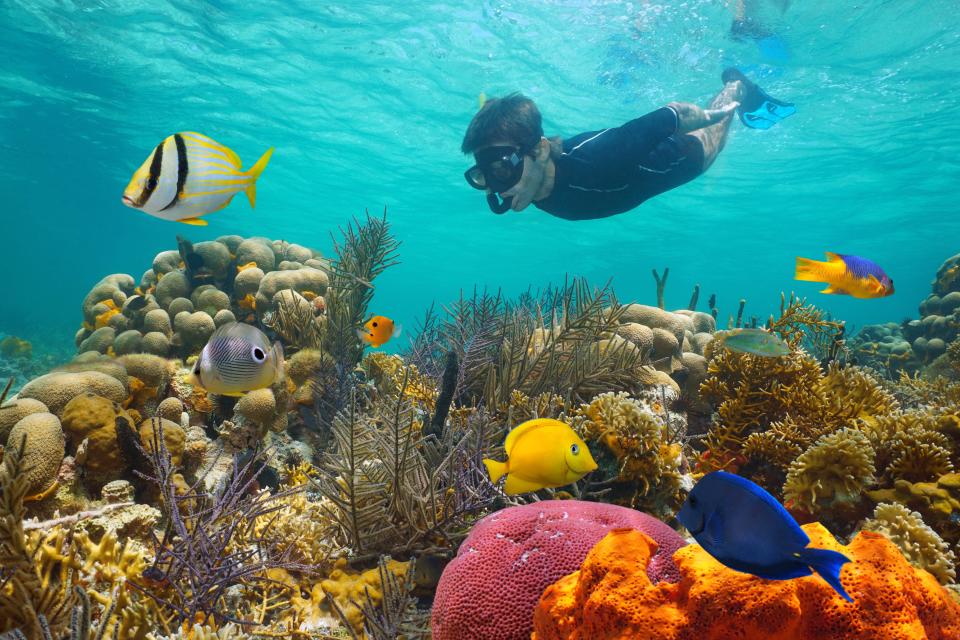
Caribbean sea colorful coral reef snorkeling
Go snorkeling and diving in Coiba National Park
A string of 38 wildlife-rich islands off the southwest coast of Panama, Coiba National Park is a paradise for divers and nature enthusiasts. The best dive sites are scattered around the Rancheria, Canales, and Contreras islands, home to a dazzling array of aquatic life: colorful sea fans, white-tip sharks, loggerhead turtles, and one of the largest reefs in Central America. The park is just as known for its on-land diversity, in part due to the archipelago’s isolated location, which shelters it from the effects of El Niño. Bring your binoculars to zoom in on endemic species such as the Coiba howler monkey, the crested eagle, and the scarlet macaw. To better understand how the archipelago became such a hotbed of diversity, it’s worth reading up on the history of its main island, Coiba—a penal colony in the late 18th and early 19th centuries—where limited access allowed flora and fauna to flourish.
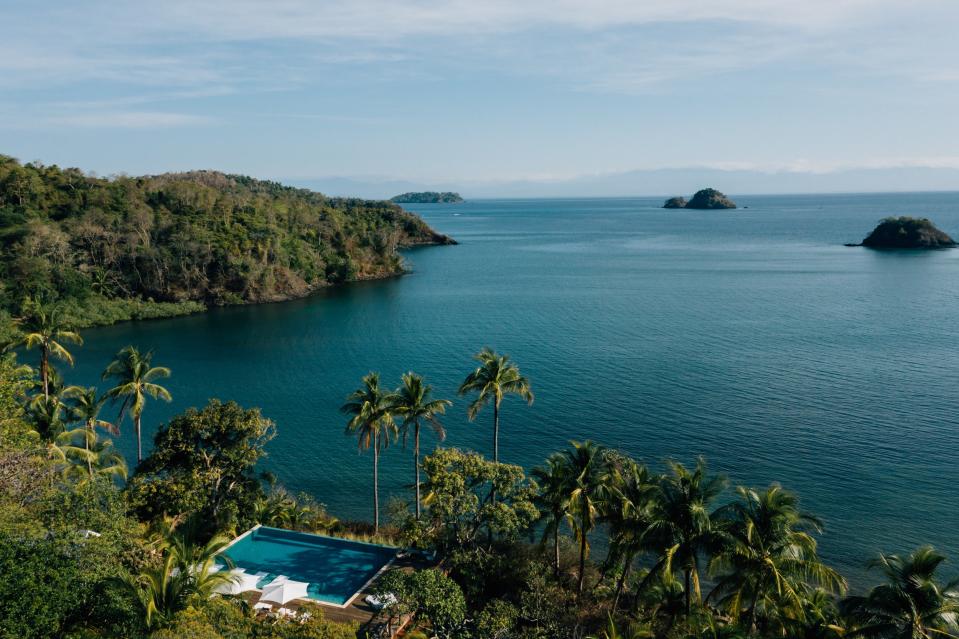
Live out Robinson Crusoe fantasies at a private island hotel
In Panama, private island fantasies are well within reach. Several of the country’s most exclusive hotels take over entire islands (and in the case of Islas Secas, an entire archipelago), giving travelers the ability to truly go off grid. Located off the Caribbean Coast, Nayara Bocas del Toro is an adults-only, all-inclusive paradise comprising 16 overwater villas and a pair of 50-foot treehouse accommodations that hover above a mangrove forest. The eco-resort has been designed for relaxation—its centerpiece is a 90-foot elevated overwater beach with velvety white sand and a stairway descending into the sea—but active guests will have plenty of activities like kayaking and snorkeling to keep them busy.
For even greater seclusion, you’ll want to set your sights on Islas Secas private-island hotel, which is located in the Gulf of Chiriquí off Panama’s west coast. The vision of billionaire investor and conservationist Louis Bacon (who also owns Alaska’s Taos Ski Valley), this solar powered eco-lodge is sprawled across 14 tropical islands, 13 of which are undeveloped. All the action happens on the main island, Cavada, home to a collection of pavilions and casitas, the breezy Terraza restaurant, and an activities center for getting suited up in scuba and snorkel gear. Or simply kick back on your private wrap-around deck, watching humpback whales splash around in the bay.
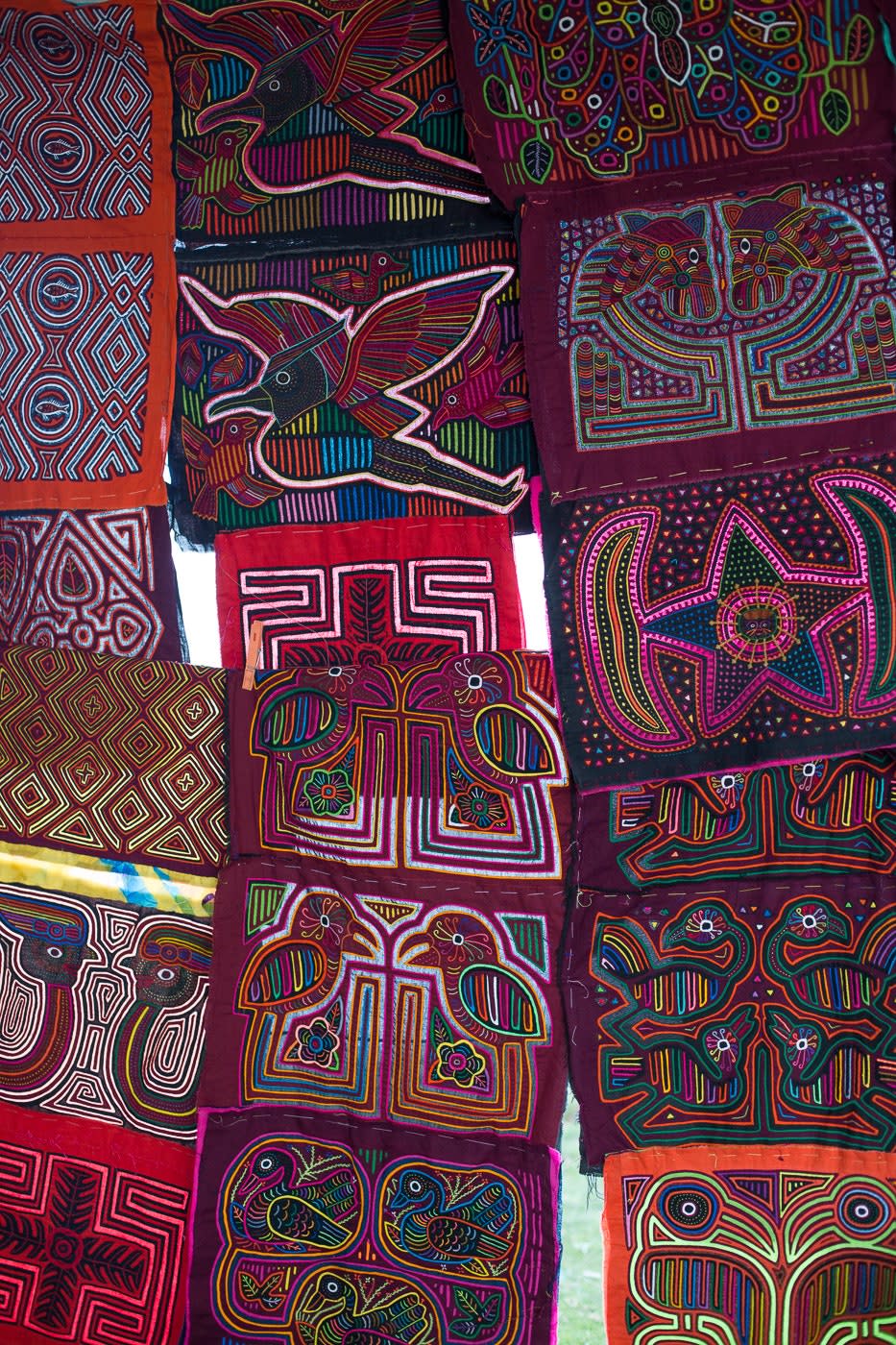
Learn about Indigenous crafts in the San Blas Islands
Of the 365 islands in the San Blas archipelago, 50 are inhabited by the Guna (previously known as Kuna), an Indigenous group known for their colorfully embroidered clothing. In particular, the Guna are famous for their colorful Mola blouses, which are decorated with intricate needlework and can take anywhere from 60 to 80 hours to create. Travelers can get a glimpse into this rich textile tradition on expedition cruises with PONANT and Hurtigruten Expeditions. But to do a deep-dive into Mola design, consider booking a small-group sailing with Thread Caravan, a travel company that hosts artisan workshops around the world. During the five-day trip, travelers will learn about Guna’s cultural heritage by spending time with master craftspeople inside their homes. Participants will also get to try their hand at making one of these intricate pieces.
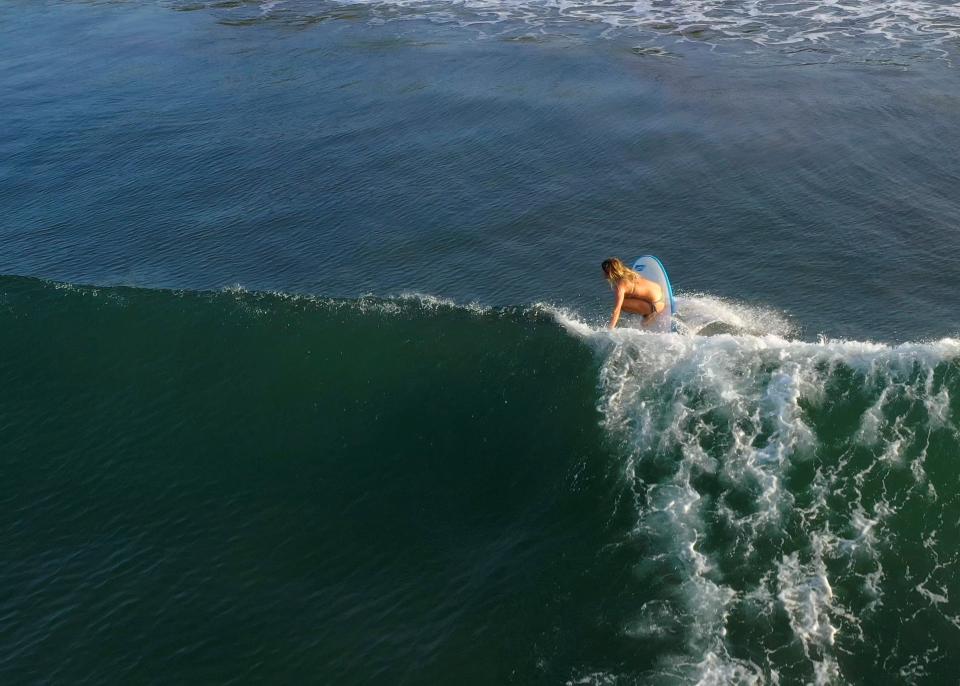
Aerial view of young woman surfing in the morning
Hang ten in the surf town of Santa Catalina
Panama’s surf scene hasn’t exploded in the same way as Costa Rica or Nicaragua. But insiders say it’s only a matter of time until it becomes the next hotspot: for instance, its Punta Burica break has been described as a “carbon copy” of Costa Rica’s famed left-breaking Pavones wave. With 18,000 miles of coastline spread along the Pacific Ocean and Caribbean Sea, Panama has prime surf conditions for amateurs and pros alike. However, most travelers head directly for the bohemian beach town of Santa Catalina, which is among the country’s more built-up surf destinations. Here, waves can reach up to 30 feet, particularly from March through October, but if you’re just beginning to find your balance, don’t fret: There are also plenty of surf schools like Waluaa Surf Camp for mastering your technique before paddling out.
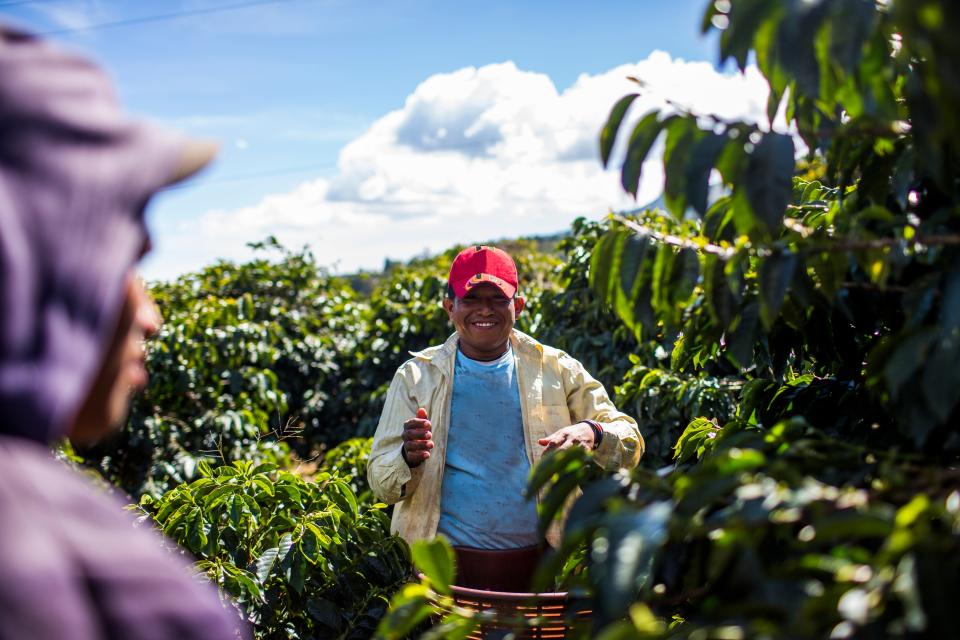
Two men harvesting coffee in Panama
Taste coffee in the Chiriquí Highlands
Coffee has been cultivated in Panama for more than two centuries, with the best beans hailing from the Chiriquí Highlands at the base of Volcán Barú. There, nutrient-rich volcanic soil and salty breezes from the Caribbean Sea and the Pacific Ocean create a unique micro-climate for growing coffee. The region is famed for its covetable geisha variety, which is cultivated by the Indigenous Ngäbe and Buglé communities and can sell for $100 a cup in the United States. Travelers can get a taste for the variety’s trademark floral aromas and notes of cherry and tropical fruit by visiting the farms that make up the region’s “coffee circuit,” spanning 15 farms in Boquete, Volcan, and the greater Chiriqui region. Our pick: the Lamastus Family Estates, which is home to the highest coffee farm in Panama with elevations of up to 8,500 feet above sea level.
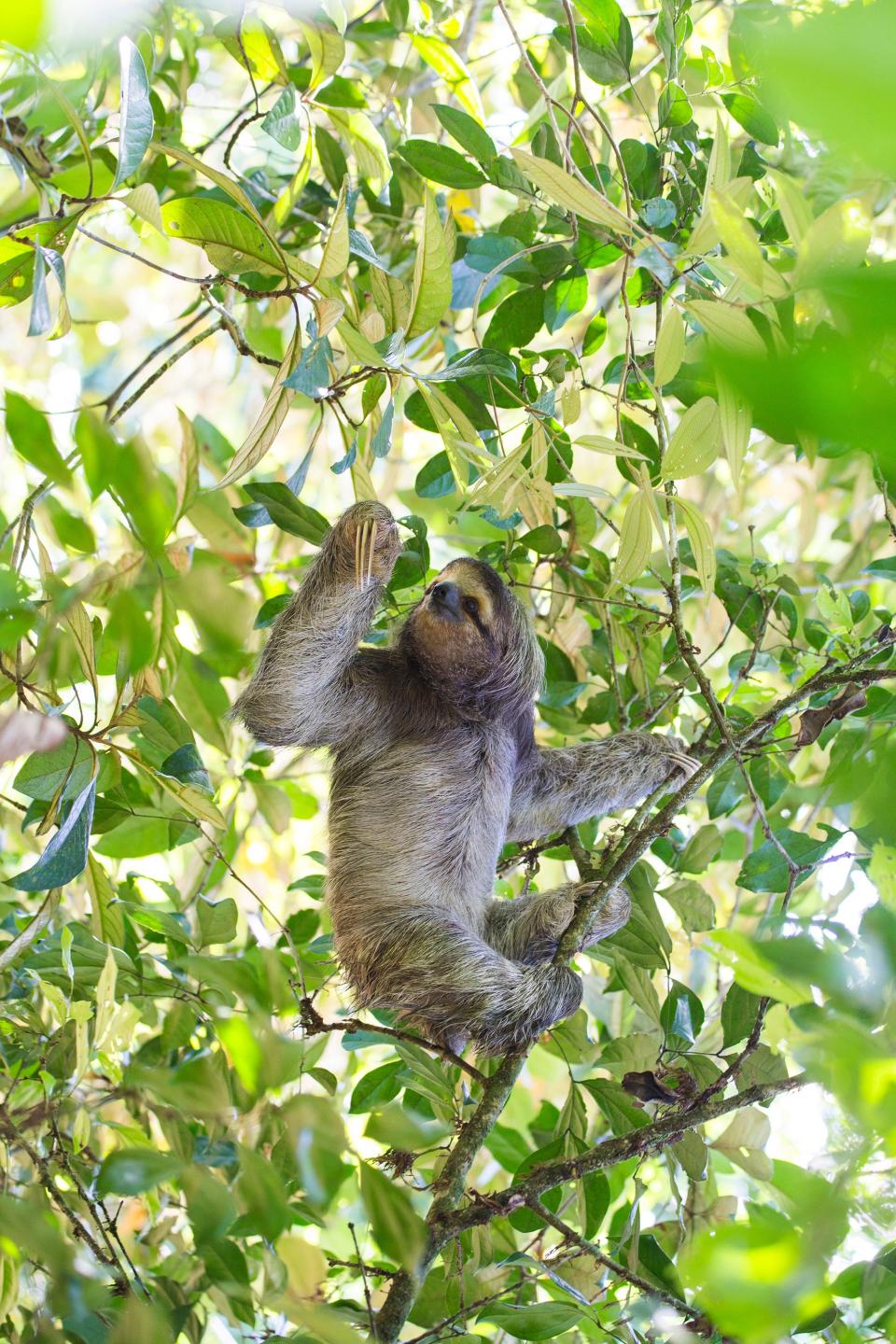
Brown-Throated Sloth (Bradypus variegatus)
See pygmy sloths in Bocas del Toro
Bocas del Toro is just an hour’s flight northwest of Panama City, but it feels a world away. A smattering of nine islands and more than 200 islets on the Caribbean coast, the archipelago has been likened to a mini-Caribbean, with its turquoise waters, palm tree scenery, and some of the most paradisiacal beaches in the Western Hemisphere. While it’s tempting to kick back with a tropical cocktail, it’s worth venturing out to discover what makes these islands so unique, starting with the colorful provincial capital, Bocas del Toro Town, a cradle of Afro-Caribbean culture with breezy bars and restaurants and vividly hued clapboard houses. The archipelago is also a haven for wildlife lovers: venture to the Bastimentos National Marine Park and La Amistad International Park to glimpse strawberry poison dart frogs, three-toed pygmy sloths, and red-billed tropicbirds.
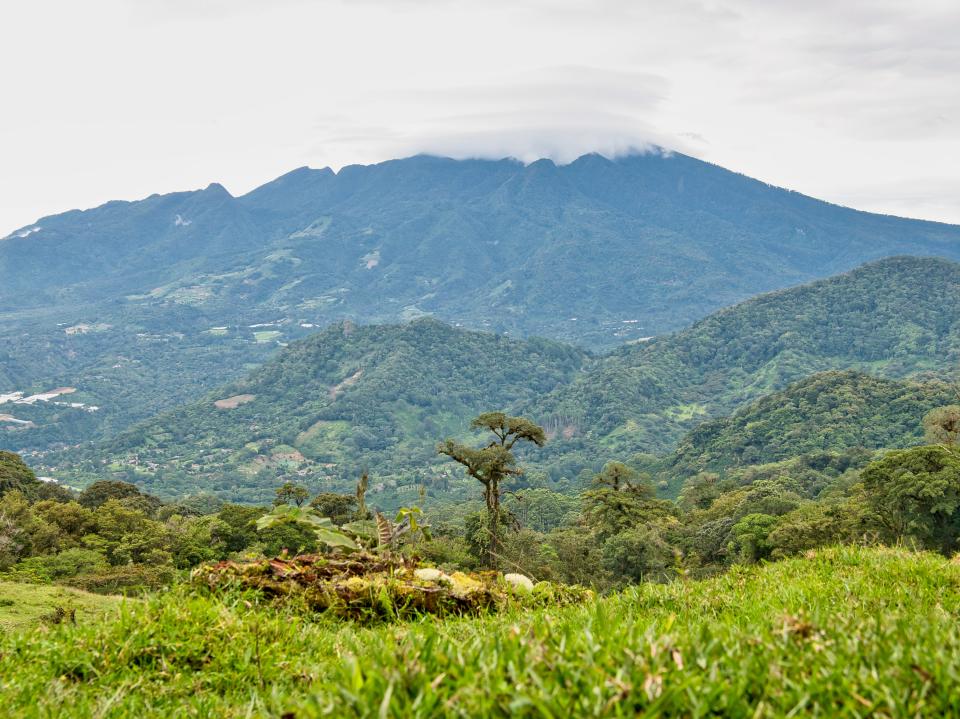
De prachtige Volcán Barú (Barú Volcano National Park) nabij Boquete
Watch the sunrise from a Volcano
Want to climb to Panama’s highest point? Be prepared to work for it. Soaring 11,401 feet above sea level, the Volcán Barú can take around 5 hours to ascend, depending on the route you pick, and be warned—it’s been classified as a “potentially active” volcano. But the effort is worth it for the spectacular sunrise views, varied ecosystems, and at least 250 different species of birds. On a clear day, it’s also the one place in the world where you can simultaneously behold the Atlantic and Pacific Oceans. Once you’ve completed the hike, discover other highlights of the Chiriqui Highlands, from coffee plantations and hanging bridges and ziplines to the best white-water rafting in Central America.
Originally Appeared on Condé Nast Traveler

